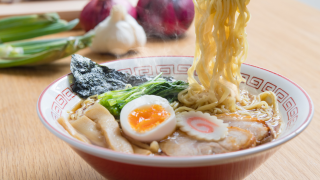 TOPIC
TOPIC How Comfortable Is the Toyota Tundra to Drive? Is There a Difference Between Short and Long Distances?
The Toyota Tundra is a full-size pickup truck renowned for its rugged look and powerful performance. But how does it actually feel to drive? Does the comfort level change when cruising short distances around town versus covering long highway journeys? This article breaks down the real-world ride quality of the Tundra, comparing short and long-distance experiences, and provides tips on how to make every ride smoother.









